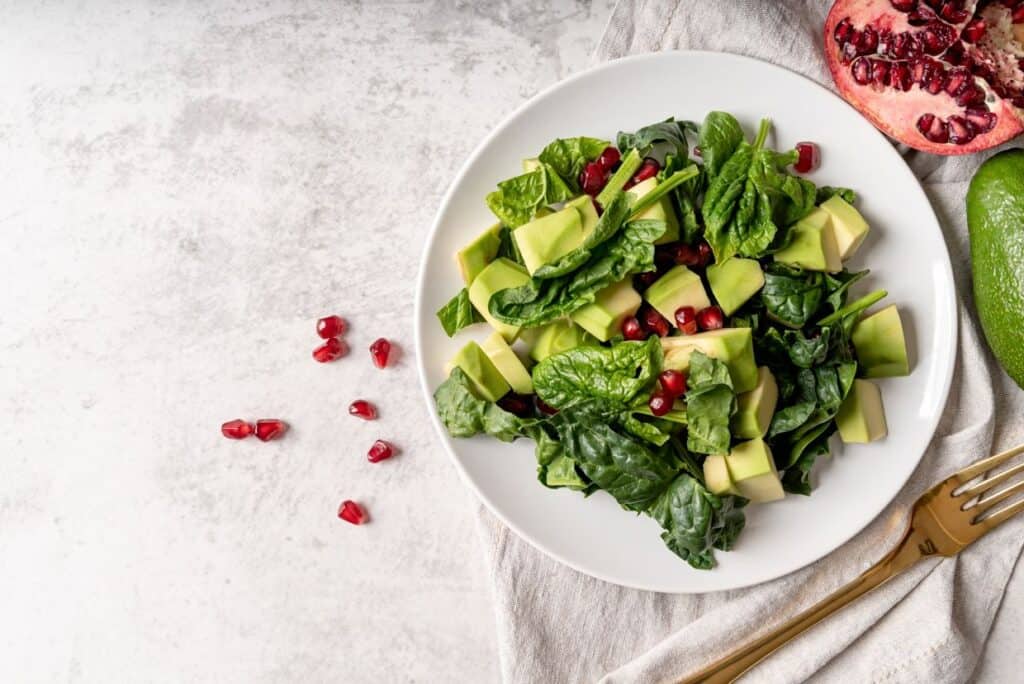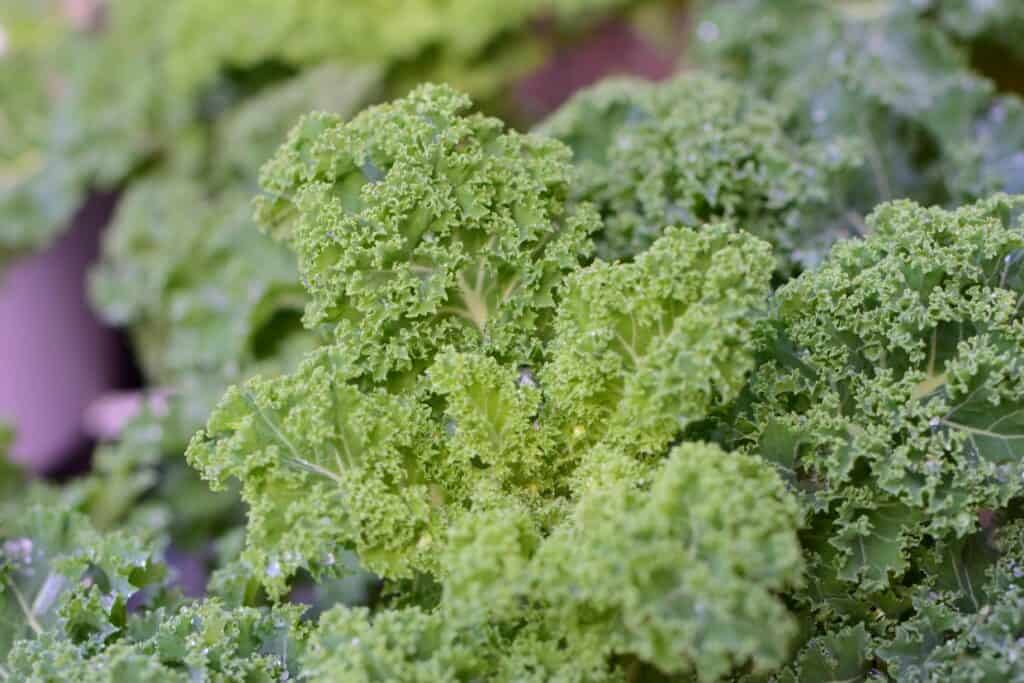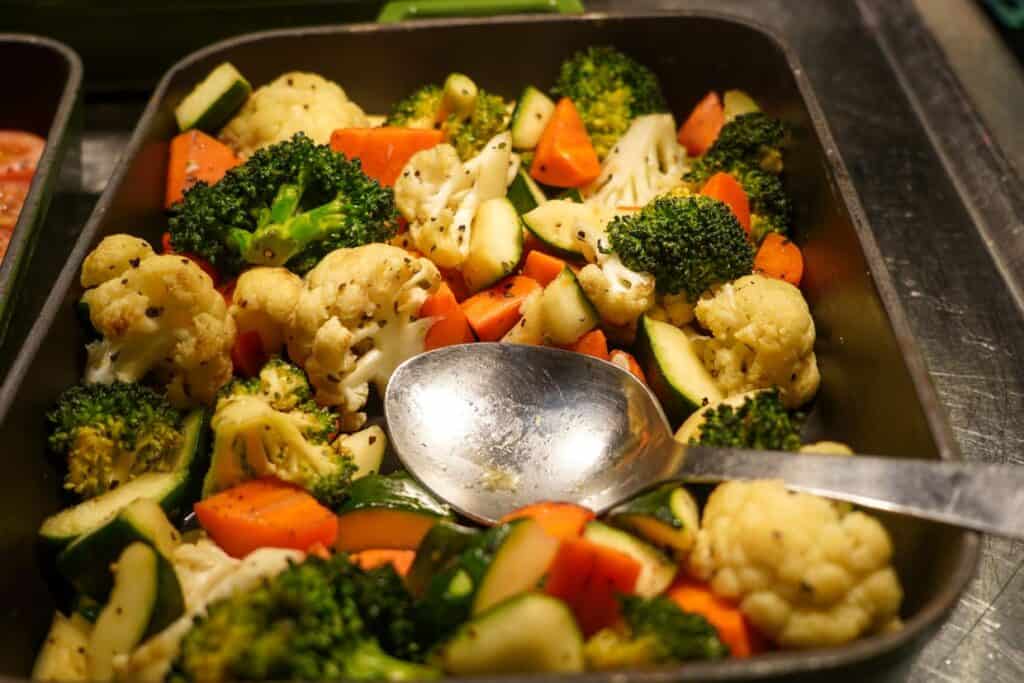Incorporating keto-friendly vegetables into your diet is simple with the right knowledge. Find out which veggies work best for maintaining your carb limits and explore various ways to prepare them for delicious, nutritious meals.

Embarking on a ketogenic diet involves a strategic approach to nutrition, where the primary goal is to achieve ketosis. Vegetables play a crucial role in this low-carb, high-fat diet, but not all vegetables are created equal. Keto-friendly vegetables are low in carbohydrates, which is essential to maintain the delicate balance of macronutrients required to keep the body in ketosis.
When considering vegetables for a keto diet, one must focus on those that offer the necessary nutrients without an abundance of carbs that could disrupt the metabolic state of ketosis. Leafy greens like spinach and kale are celebrated for their minimal carb content. Other non-starchy vegetables such as zucchini, cauliflower and bell peppers also top the keto-friendly list due to their versatility and low carbohydrate profiles. Moreover, you can include these vegetables in a variety of keto meals.
Essentials of keto-friendly vegetables
Keto-friendly vegetables are staples for maintaining variety without exceeding daily carb limits. Vegetables like spinach, iceberg lettuce and kale are excellent choices, offering minimal carbs and are great for salads or side dishes. Cruciferous vegetables like cauliflower can be used in place of potatoes, as seen in keto mashed cauliflower recipes. Below are a few common choices for keto-friendly vegetables:
- Spinach: 0.4 grams net carbs per cup.
- Lettuce: 1.2 grams net carbs per cup.
- Kale: 0.6 grams net carbs per cup.
- Cauliflower: 3.2 grams net carbs per cup.
Some keto dieters might also include moderate-carb options like bell peppers and green beans. These vegetables can be consumed in moderation:
- Red bell pepper: 4 to 7 grams net carbs per medium bell pepper
- Green beans: 4.9 grams net carbs per cup.
It is recommended to check the total and net carbs of each vegetable to ensure they fit within the daily carb allowance of the ketogenic diet. Additionally, consume a mixture of above and below-ground vegetables to ensure a broad intake of nutrients.
Top keto-friendly vegetables
Leafy greens are a staple in keto diets due to their low carbohydrate content. Cruciferous vegetables like broccoli and cauliflower offer a powerful nutritional punch with minimal impact on carb limits. A half-cup of steamed broccoli only has about 2 grams of net carbs. These vegetables can be enjoyed roasted, steamed or mashed, making them perfect for a range of keto-friendly dishes.

The vegetables that grow above the ground typically have fewer carbs than their below-ground counterparts. Zucchini and bell peppers are two great examples. Zucchini, for instance, is often used to make low-carb noodles like in this almond pesto zucchini noodle recipe. Bell peppers provide a splash of color to keto meals and contain a moderate amount of carbs that can easily fit into the daily carb limit.
Keto-friendly vegetable preparation
Choosing the right vegetables and correctly preparing them is crucial to maintaining ketosis while enjoying a diverse and nutritious diet. Here are some tips to keep your veggie dishes exciting and keto-compliant:
Sautéing and stir-frying
Quick and easy, sautéing or stir-frying vegetables in healthy fats such as olive oil, coconut oil or ghee enhances their natural flavors without adding extra carbs. Try sautéing spinach with garlic or stir-frying broccoli with a splash of soy sauce and sesame oil for a nice twist.
Roasting
Roasting vegetables brings out their sweetness and provides a crispy texture that can satisfy your carb cravings. Cauliflower, Brussels sprouts and asparagus roast beautifully. Toss them lightly in olive oil, season with salt, pepper and herbs and roast until golden.
“Twice a week, we make roasted vegetables of all kinds. Roasting them with some tallow or oil and salt brings out such a delicious flavor. We use them as a side dish, on top of salads or mixed into a stir fry the next night, too.”
— Shelby S., Fitasamamabear
Steaming
Steaming is the way to go for a softer texture and a mild flavor. It preserves most nutrients and is perfect for vegetables like kale and Swiss chard. To enhance their taste, serve steamed vegetables with a dollop of butter and a sprinkle of herbs.

Blanching
If you love your vegetables crisp and vibrant, blanching is a fantastic method. Dip vegetables like green beans or bell peppers in boiling water for a few minutes, then plunge them into ice water to stop the cooking process. This technique is great for salads or as a crunchy snack.
Using herbs and spices
Don’t underestimate the power of spices and herbs. They can transform a simple dish into something extraordinary without the carb load. Add fresh basil to zucchini, rosemary to roasted radishes or dill to steamed green beans.
Incorporating keto vegetables into your daily meals
Successfully incorporating keto-friendly vegetables into your diet requires creativity and planning. Here’s how to make the most out of keto vegetables in your daily meal planning.
Breakfast
Start your day with peppers and spinach by adding them to a morning keto frittata. These leafy greens are low in carbs and rich in nutrients, making them perfect for a ketogenic breakfast.
Snack
For snacks, opt for slices of cucumber, celery or small portions of bell peppers with a high-fat dip like guacamole or a cheese-based spread. These provide crunch and freshness to your snack time without a high carb count.
Lunch
Build your lunches around a vegetable base. Use a hearty serving of greens like romaine or arugula as a salad bed for toppings like grilled chicken, avocado and nuts. Dress with a keto-friendly vinaigrette or olive oil and lemon juice.
Dinner
Make vegetables the star of your dinner. Experiment with cauliflower rice or zucchini noodles as substitutes for traditional carbs like rice and pasta. Pair them with protein sources like salmon or beef, and add flavorful sauces to enhance the dish without adding carbs.
Side dishes
Transform side dishes with vegetables like roasted Brussels sprouts or mashed cauliflower. These can accompany any main dish, providing fiber and keeping your meal balanced.
By incorporating these strategies into your daily eating plan, you can ensure that you enjoy a variety of nutritious, keto-friendly vegetables without compromising on taste or texture.Trina Krug, MS, CDSP is a holistic nutritionist, recipe creator and advocate for human health. Her passion for low carb lifestyles, gluten free eating and real nutrition education has led to the creation of Trina Krug. She spends her time creating recipes, hanging out with her family on her farm and actively working on her Doctor of Science in Integrative Health.